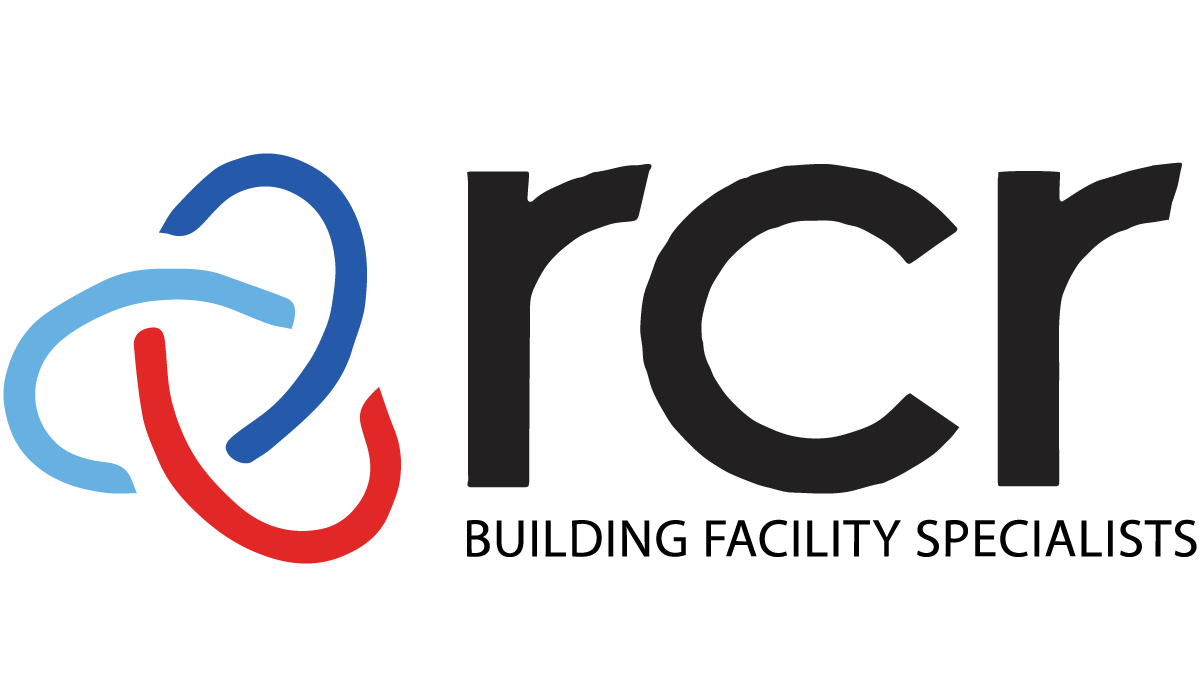Reduce airborne diseases with HVAC ventilation systems
With the recent Covid-19 pandemic giving everybody cause to think about all aspects of hygiene, one area we often forget is air conditioning. When people have infectious diseases, the spread can occur from people coughing, sneezing or even speaking. While droplets can’t really get into ventilation systems, the smaller particles from coughing or sneezing certainly can.
Even though filters are designed to capture some of these particles, some can still sneak through and be recirculated back into the air. Hence, more opportunity for disease to spread. Here are 4 suggestions for reducing the risk of transmission through your HVAC systems. Please note, these guides are by no means a replacement for other hygiene practices, and they may not apply to all types of systems.
Use a Night Purge Cycle
This involves setting your system to run with outdoor air continuously overnight, or while nobody is in the building. This essentially purges the building with fresh air from outside. Since nobody is in there generating contaminants, the building is essentially flushed, with no internal air being recirculated.
When people return to the building the next day, fewer contaminants remain, and space is filled with clean, fresh air. It’s important to note, this method may require more regular maintenance to systems, particularly the filters.
Keeping All Filters Clean
While on the topic of filters, keeping them well maintained is another way to ensure cleaner air. Standard filters won’t actually trap airborne disease particles; however, they do allow better airflow. When more outdoor air can flow into an area, it helps to dilute the level of contaminants in the air. It also keeps air flowing more freely, meaning there is less stagnation of air.
Consider New Filters
There are two types of more efficient filters that can be used in air condition and ventilation systems. High-Efficiency Particle Arrestance (HEPA) filters can catch much smaller particles. Usually, they’re used in operating theatres and other places requiring specialist air control.
The other is Ultra-violet Germicidal Irradiation (UVGI), which is a way of disinfecting air streams. UV heat lamps are installed inside ventilation systems to kill bacteria contained in the air stream.
The issue with both of these solutions is that unless the ventilation and air condition systems are already built for HEPA or UVGI, then it can be extremely difficult and expensive to retrofit them. In most cases, this means standard commercial buildings may not be suited to this type of technology, without going to serious expense.
Use ‘Full Outdoor Air’ Functions
Another great way to reduce the risk of airborne disease transmission in buildings is setting your systems to a single-pass outdoor air-only function. This means all air in the building comes from outside, and no existing (potentially contaminated) air is recirculated through the system. Depending on the system type, air can be actively removed from the space, or it can leak out naturally.
The only downside to this method is you may experience a lack of temperature control. It can be more expensive to try and regulate the room temperature when you have external air continuously coming in.
While none of these methods will completely eradicate the airborne disease from your building, they all contribute to better air health. This, in turn, limits the occupants’ exposure to airborne contaminants, and creates a healthier environment for everybody.
If you’re looking for a team to help you get ready, don’t hesitate to get in touch with your local RCR crew.



